
More than any year in recent memory, the last 12 months have redefined what it means to be a citizen of the modern world. The once-impermeable walls of culture have been breached. Politics is no longer the exception; it's the expectation in our everyday lives. As a result, men and women around the world have embraced a new definition of activism, one that proactively seeks to influence the powers that be and to create a new generation of ideals that will extend for decades to come.
Therefore, it's the social economy — the online world in which we exchange our earnest beliefs and deepest desires — that has grown to become one of the most valuable markets on earth. It's here that a single idea can grow to become a movement, a brand can be universally lauded or wrecking crew-style demolished, and a trend can fizzle out or grow to become the new norm. Now more than ever we have the power in our hands to change the world, to rebuild what's broken, one personal preference at a time.
Of course, these monumental shifts did not come without a lasting ripple effect. Below the perceived progressive developments in society, a whole new set of trends were able to flourish in the deepest corners of the internet, rising to the surface as what will most certainly become the true harbingers of cultural change. It's those trends that will ultimately impact the way that we coexist with commerce and brands, how the internet will infiltrate the infrastructure of capitalism in order to improve the consumer experience, and what TBWA's cultural insight studio, Backslash, monitors on a daily basis.
"When we were developing Backslash and developing our strategy on content and how we look at culture, we knew that we look at trends for brands every day and wanted to make those trends actionable," Sarah Rabia, global director of cultural strategy told me by phone in late December. "There's a gap between being able to see what's happening in the future and what's actionable for a brand right now. We bridge that gap in time by thinking about how you apply a trend or cultural insight to something new . . . we don't just want to report on something; we want [to suggest] some sort of output, too."

What ultimately classifies a trend as actionable, though? Well, for starters, they're all things that exist in some capacity in our lives already but have been subject to an evolution of sorts as they quietly percolate in online communities on the basis of shared experiences.
"A good trend is something that's happening already, in some shape or form," Rabia told me. But it's all about what's happening online that really shapes the trends, and increasingly those decisions are being made as a result of the most niche communities on the web coming together to impact change. "All these weird and wonderful subcultures — whether you're talking about sub-Reddits or meme markets — are becoming a lot more mainstream and gaining a lot more popularity."
For an example of how this is already happening, Rabia points to McDonald's, one of TBWA's current clients. After Rick and Morty featured the discontinued product on an episode this Fall, fans lit up the internet with pleas for a rerelease of their favorite menu add-on. And, naturally, it led to an onslaught of viral memes that ultimately filtered upward to the highest echelons of the company.
"McDonald's was pleasantly surprised because they were thinking that the whole meme thing was really quite niche (and such a small group), while they generally look at more of a mass audience," Rabia said. "That really showed them that the things that are happening that may be a bit more weird and wonderful and niche in online subcultures are really impacting mainstream consumers and culture, and they have a business effect."
"Rather than bland, homogenous products that nobody really wants, products can be born out of things that people are passionate about. And that's really exciting," she added.
In other words, the more popular subculture communities get, the more attention the biggest brands must pay to giving our shared opinions and ideas a chance to work in the real world. This, Rabia says, could lead to an unprecedented unity between brands and consumers, with brands ultimately having the power to act as "allies" — and for all of us to wind up with what we really want at the end of the day, as opposed to what a suit in an office somewhere posits that we'd all like to have.
Ultimately, what Backslash reports on is what's making waves right now, and how that will impact the way that marketing works on the most granular level. And for the year to come, it's got a wealth of predictions that are based not just on data and insights but also from a network of 250 spotters around the world who have identified exactly what's hot and what's happening right now.
Below, you'll find the five cultural pre-trends that Backslash believes will lead to "the convergence of unexpected worlds" in 2018. These trends encompass the concepts of genetic technology and activism, memes and currency, digital goods and fashion, creative AI and algorithms, and the cult mentality developing within social media, and they are set to shape the world as we know it, in some capacity, over the coming year.
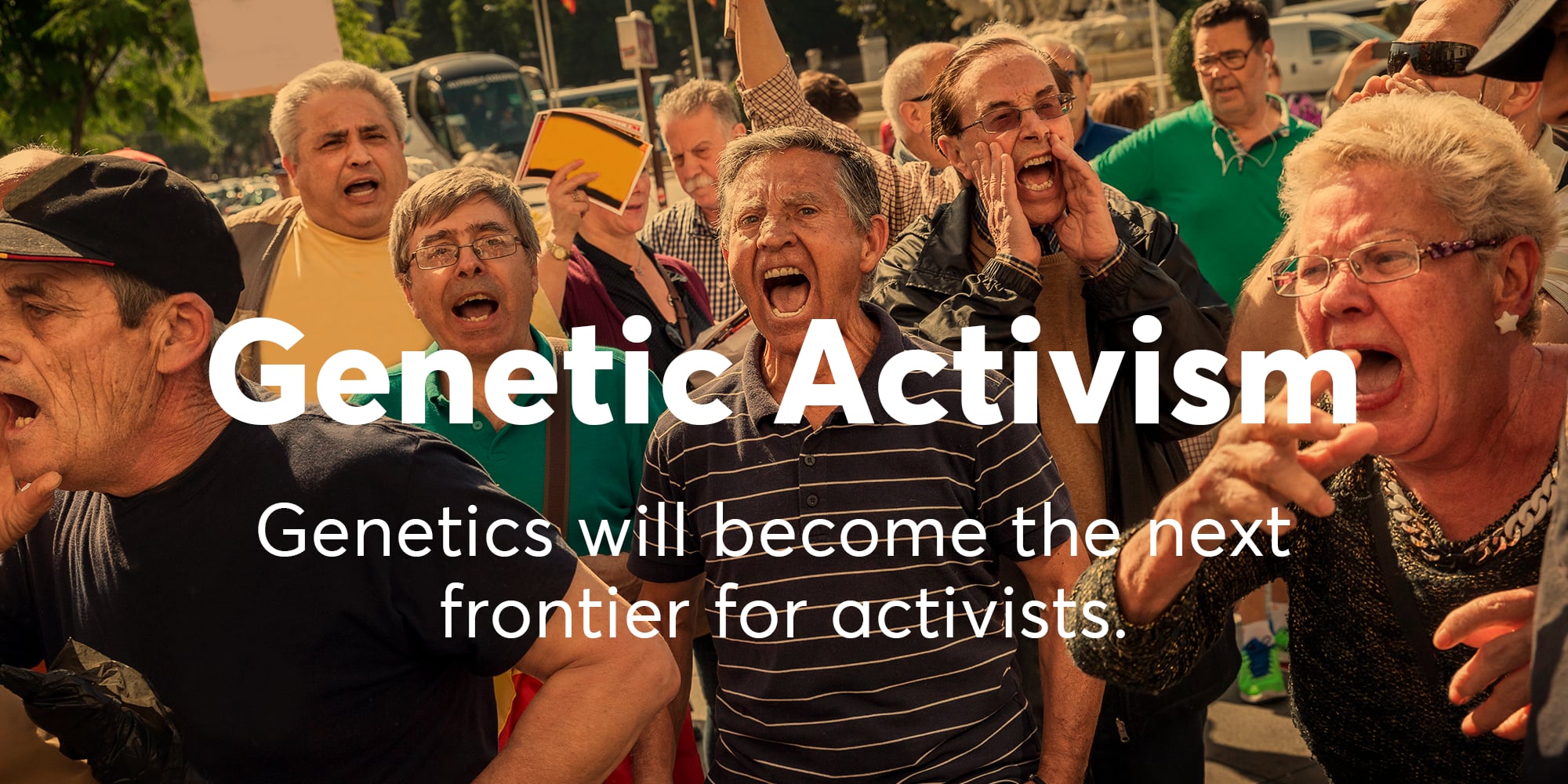
What we're already seeing, according to Backslash:
"Today, the doctor is no longer the middle man, and patients are in more control than ever. Cheap genetic testing kits are increasingly abundant, and anyone can both decode their DNA and gain insight into potential hazards that may affect themselves or their families. Earlier this year, 23andMe was green-lit to reveal customers' risk of developing 10 diseases, including Alzheimer's and Parkinson's."
What the trend means, according to Backslash:
"Access to data has now revealed a mass of 'previvors' — those who have yet to be affected by a disease but know that it's in the cards. Today, communities are arising around gene status, such as BRCA or ApoE4. Rather than wait for a diagnosis, these previvors will use their collective power to find solutions and fight for their voices to be heard by the government and big pharma.
'Wellness is a big cultural conversation, and I'm noticing that people aren't afraid to talk about their illnesses publicly anymore. Genetic tests are binding people together, with the potential to create new tribes,' says Paul Pfleiderer, chief strategy officer at TBWA WorldHealth and one of our culture spotters.
'You might see shifts in communities away from "Patients like Me," for those diagnosed, to something like "We're the band of ApoE4 people; this is who we are." This will galvanize communities to demand industry research on their behalf. They will rally for affordable health care, which is such a contentious industry issue at this time,' Pfleiderer says."
The trend, decoded:
"One of the most tangible examples is Planned Parenthood and what happened with the Trump administration trying to defund critical women's health care. They've really mobilized women to stand up for their rights," Rabia says. "People are going to be much more radical about their health, and genetics is just unlocking the knowledge about what could happen to us in the future. Now, we're going to act on it."
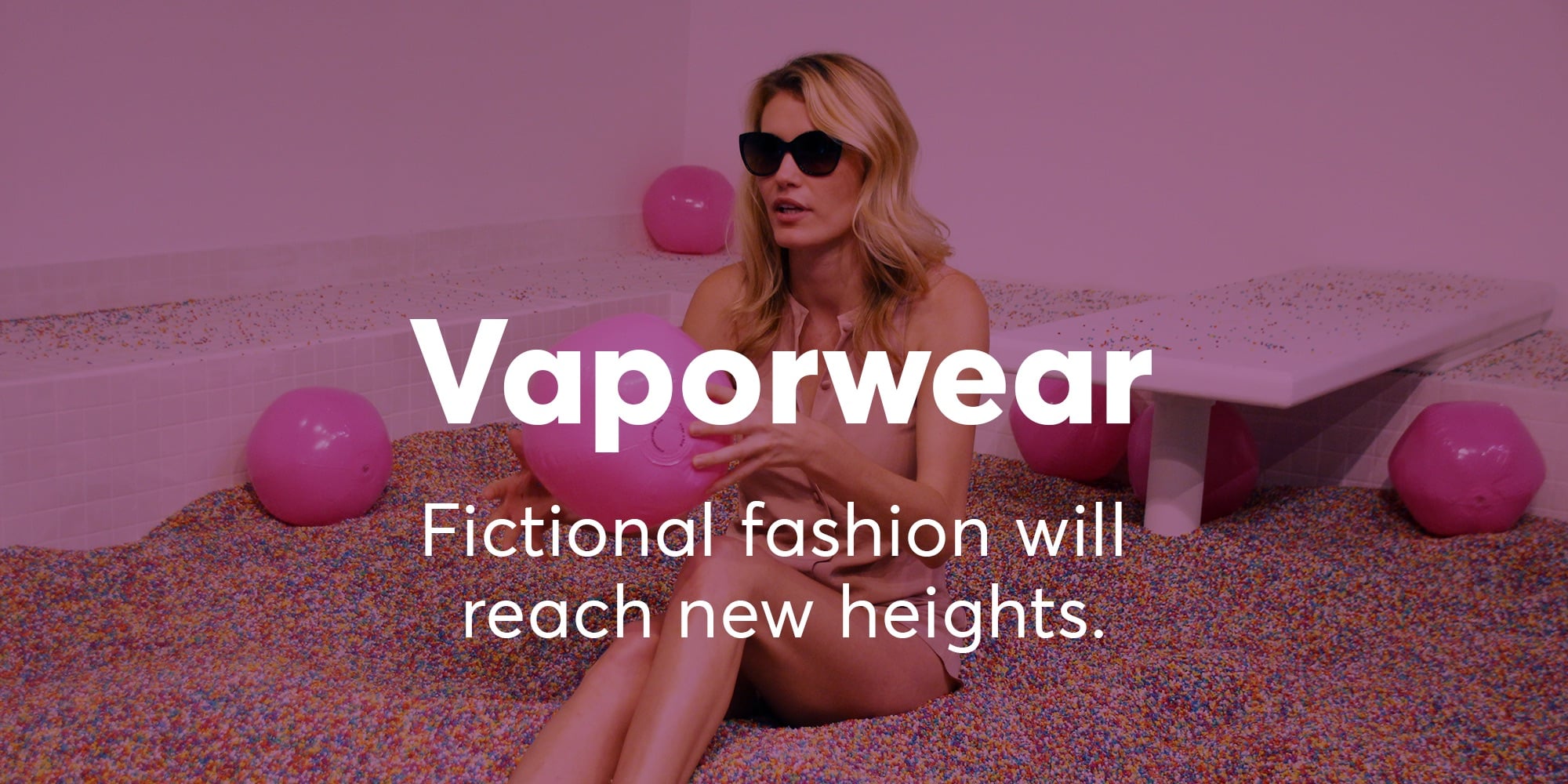
What we're already seeing, according to Backslash:
"Ephemeral accessories are already a thing. Take Snapchat's dog-face, rainbow vomit, and nerd glasses filters, which are cultural staples. And 'Made For Instagram' real-world experiences have been a sell-out sensation this year."
What the trend means, according to Backslash:
"One way into Vaporwear is to make a meme out of your goods. Vetements's iconic DHL t-shirt became a viral sensation and digital product in itself, providing an access point for the millions who couldn't afford the shirt's €245 price tag. By creating a physical product that could spread on social, Vetements armed the masses with an 'asset' that connected them to the brand with each post, share or RT.
Filters and photo ops will be another way into designer brand fandom. Take Gucci's '#ThatFeelingWhenGucci' campaign, in which the brand commissioned @beigecardigan and @youvegotnomale to create memes featuring its new line of wristwatches. The resulting online art gallery was similar to Burberry's Art of the Trench in that the product became the experience.
'The important thing is the convergence between the real and virtual worlds. We'll see more blurring between the two,' says tech futurist Ian Pearson [1]."
The trend, decoded:
"A product may not exist in real life yet, but if you've got an idea, why not just bring it to life on Instagram to see if any kind of buzz or interest arises? It might just be a visual, it might just be a protype, but we can see brands using this as an inspiration, as a kick-starter-y space," Rabia says. "Something might not exist, but why not just test the waters? For your average consumer, having a bit more of a hand in the products and brands that they want to see gives them power in shaping the things they want to buy and be listened to about. It appeals to real people and blurs the lines between fiction and reality."
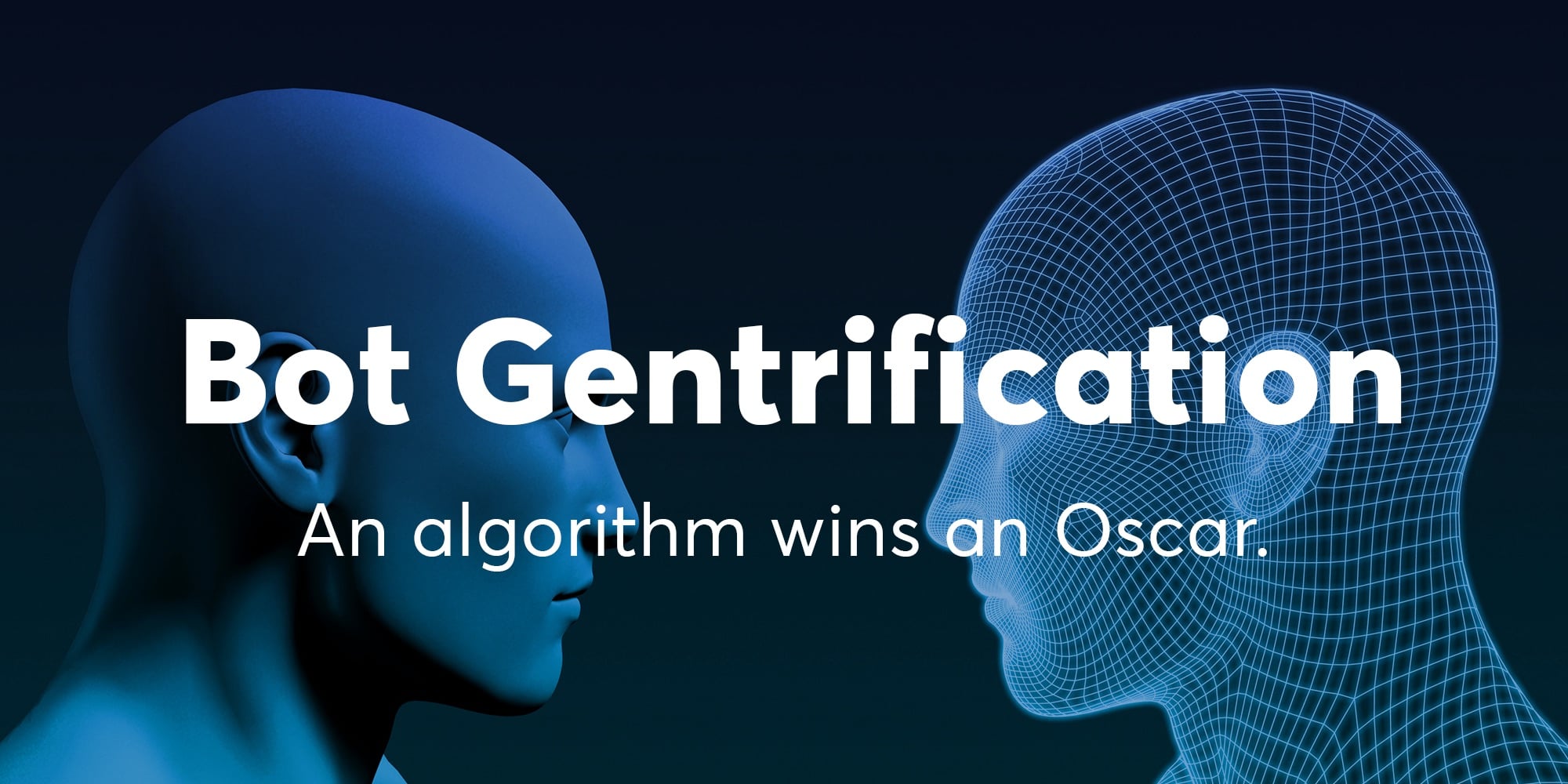
What we're already seeing, according to Backslash:
"Humans have never been more traced, decoded, and analyzed. With contextual data inputs via Face ID and voice search, algorithms can now cross reference human reactions with creative content. This means that algorithms can better understand and design content that we may not even know we'll enjoy — before we even see it."
What the trend means, according to Backslash:
"'Made by humans' becomes the next 'buy local.' Creative products made by people will become an ethical choice in the same realm as 'fair trade' or 'locally made.' There will be increased pressure on brands to reveal whether content was made by human or machine.
'Human-made will be something you can trade on,' asserts tech futurist Ian Pearson. 'But it will not always be positive. Some people will prefer the AI because it gives them exactly what they want. Some people will want human expertise. Human-made will matter most in crafts, sport, and certain areas of entertainment where we value the human factor. You'll pay more for the human-made.'"
The trend, decoded:
The best example of how things went horribly wrong on this front in 2017 was the backlash Spotify received for creating algorithmic tracks that claimed to be created by real people. "With this shift, although there's positive applications of it, things are going to get worse. And when you don't know if a person or a machine has done something and there's a lack of transparency . . . consumers will start being very vocal about what they're uncomfortable with," Rabia says.
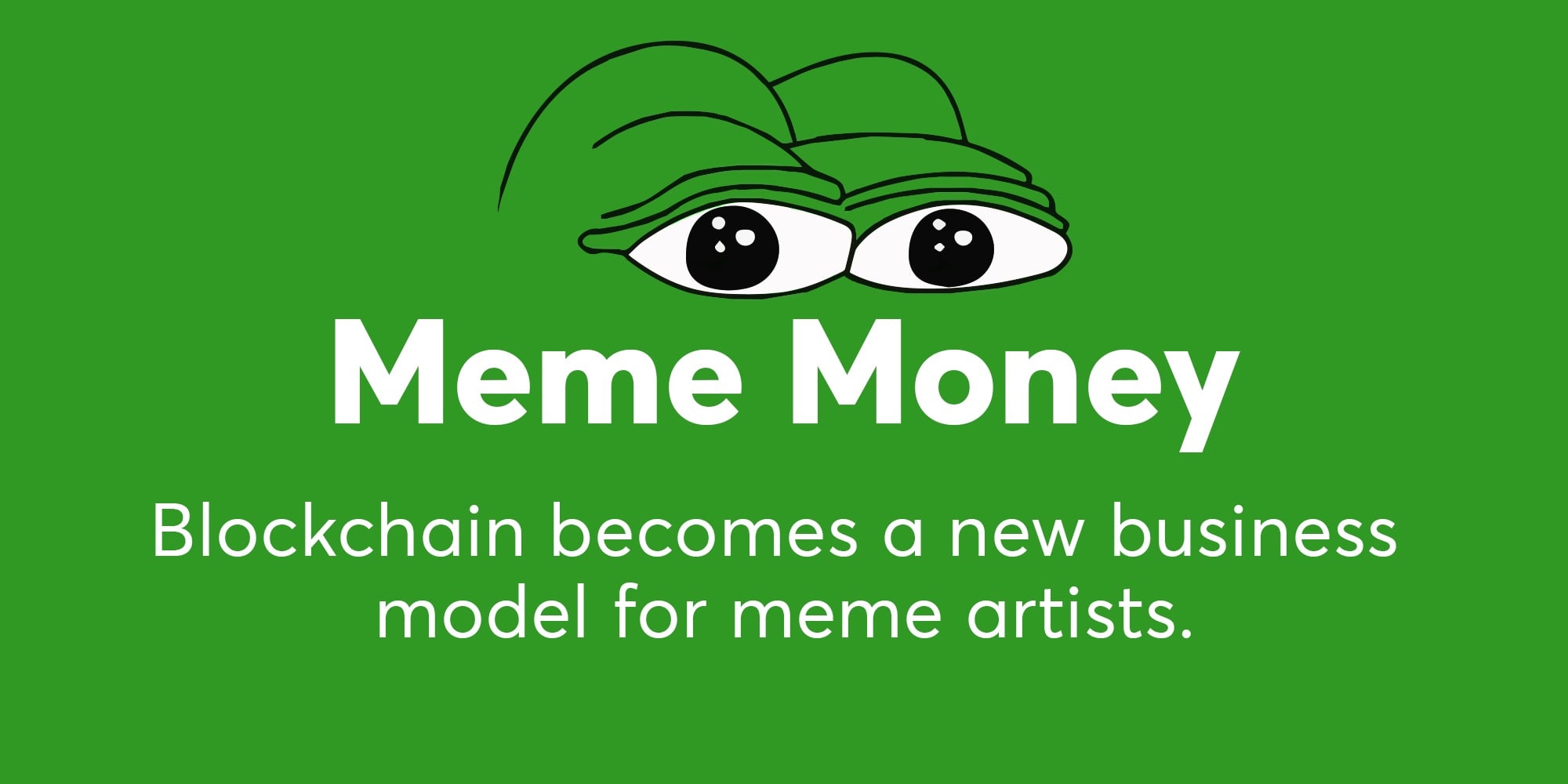
What we're already seeing, according to Backslash:
"The 'memecraft paradox' was front and center last year as popular Instagram accounts @TheFatJewish and @FuckJerry came under fire for profiting off memes pilfered from Reddit. Yet in many cases, there was no telling who had originally created the viral content.
Creative attribution hasn't just been a problem in the meme world. In April 2017, it was revealed that 25 percent of Spotify's catalog was unsourced, resulting in $25 million in penalty payments [2] to the National Music Publishers Association. Spotify argued that it was impossible to determine ownership for every track in their 30 million-strong catalog. To solve this, they bought Mediachain [3], a company that applies blockchain technology to music as a means of tracking its origin."
What the trend means, according to Backslash:
"We believe blockchain may offer a way for meme artists to maintain a level of ownership over their content. Blockchain is a technology that provides a 'transaction record' between people and ensures everything is legit, replacing the need for a bank or institution. Experts think that this verified list of transactions can connect other forms of media back to a source, proving authenticity. This means that meme creators could use blockchain to prove ownership and sell their work in an instant.
Pepe the Frog is one of the pioneering examples of applying blockchain to memes. The frog meme, which got co-opted by the alt-right due to the problem of ownership, demonstrates how lucrative blockchain can be [4] and the creative integrity it offers meme artists. With a current market cap of $75 million, Pepe has spawned its own currency: Pepe Cash.
Artists can post Pepe-themed cards in the Rare Pepe directory [5] and decide how many copies of their art will exist. For example, only 132 people can own a Melancholia Pepe card [6], which is digitally signed by the artist and certified by the blockchain. It's the limited-edition Air Force 1 of memes. Creating scarcity and collectibles is a familiar business model in the retail world and could be applied to the internet — a space that promotes mass over scarcity.
'The ability to create "digital scarcity," where you can prove there's a limited number of digital art on a blockchain, will lead to opportunities for artists to monetize digital content and get rewarded in the future,' says Koji Higashi, a cryptocurrency expert based in Japan.
Cryptokitties [7] is another example of digital collectibles powered by blockchain. People can buy the one-of-a-kind digital creatures and ensure that they cannot be replicated, altered, or destroyed. Using Ethereum's blockchain, Cryptokitties has seen $2+ million in purchases [8]."
The trend, decoded:
"When things become popular online and people rally to talk about them, it's very interesting for brands," Rabia notes, pointing to the McDonald's Szechuan sauce as an example of this trend. "People really wanted this product to come back to life, and it inspired McDonald's to rerelease their sauce and it sold out, and it got traded on eBay for hundreds of dollars." In other words, scarcity, integrity, and passion sell.
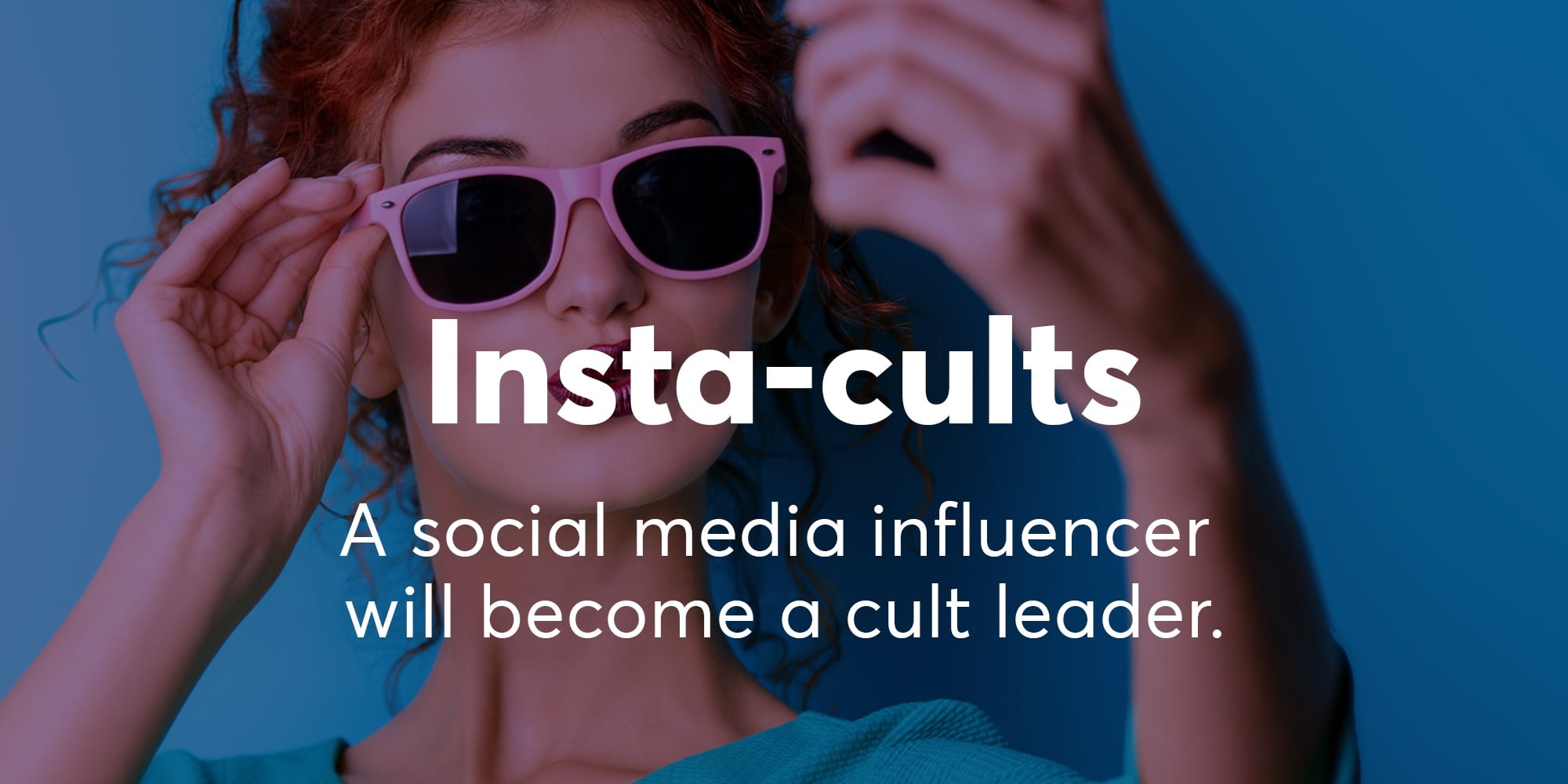
What we're already seeing, according to Backslash:
"Social influencers have more power than ever, commanding a market worth $1 billion and set to double by 2019, according to Mediakix [9]. They are the role models of our age, with 75 percent of children saying they want to be a YouTuber or vlogger when they grow up, according to a recent study [10]."
What the trend means, according to Backslash:
"Internet star Jake Paul may be following the cult leader playbook. His nation-sized fandom, the 'Jake Paulers,' are over 10 million strong and dedicated to their leader. 'The Jake Paulers are the strongest army out there,' Jake Paul told NPR when neighbors threatened to report him to authorities for disturbing the peace.
Disney parted ways with the star, who fronted one of its shows after it was reported he had turned his neighborhood into a 'war zone,' shooting viral content. Then there's Poppy, an ethereal, Bot-like YouTube star who has already inspired her own religion. Poppy is the subject of several conspiracy theories, including that she is a robot, a member of the Illuminati, or a pawn subjected to mind control. She is a figure of worship for her fan base, known as the 'Poppy Seeds.'
One fan has even invented a religion in her honor, called 'Poppyism.' In one of her videos [11], Poppy speaks to her status by asking followers to repeat, 'I am not in a cult,' as masked figures hold spiritual icons. At a recent concert, Poppy passed out cups of Kool-Aid [12] and announced, 'Poppy is not responsible for any fatalities.' Creepy? It hasn't stopped Sanrio and Comedy Central from working with her.
Mainstream stars are also displaying signs of cult leadership. Katy Perry stripped naked and used her body as clickbait in order to drive votes for Hillary. Lana Del Rey asked her fans to curse Donald Trump using witchcraft. Even Eminem got in on the action by telling the world that he'd disown any fan of his who also is a Trumpster.
Part of the appeal of the cult-like influencer is the aura of mystery that surrounds them. In an age of 'I'm just like you,' instant-access celebrity, being unknowable and reclaiming the pedestal is refreshingly alluring. But while boasting massive followings, the typical YouTuber lacks a critical ingredient in the cult formation recipe: an ideology for followers to adopt. On the other hand, many niche communities that are ideologically charged are lacking charismatic leaders and centralized action.
With scholars pointing to Donald Trump as wielding both of these traits, we may see this trickle down to younger or more centralized influencer groups."
The trend, decoded:
This is the trend we can all pretty much agree is a sure thing within the next year or two. But what does it mean in tangible terms? "You can create new business models, and fandoms can become real," Rabia says. "That convergence of subculture and big brands is very interesting."